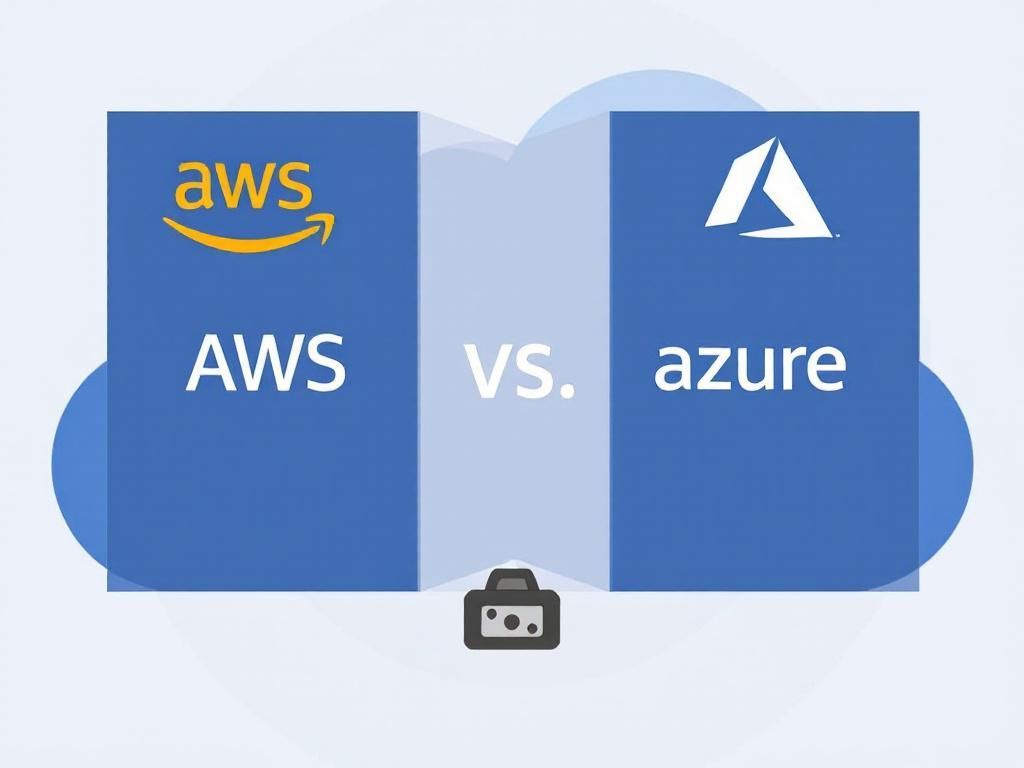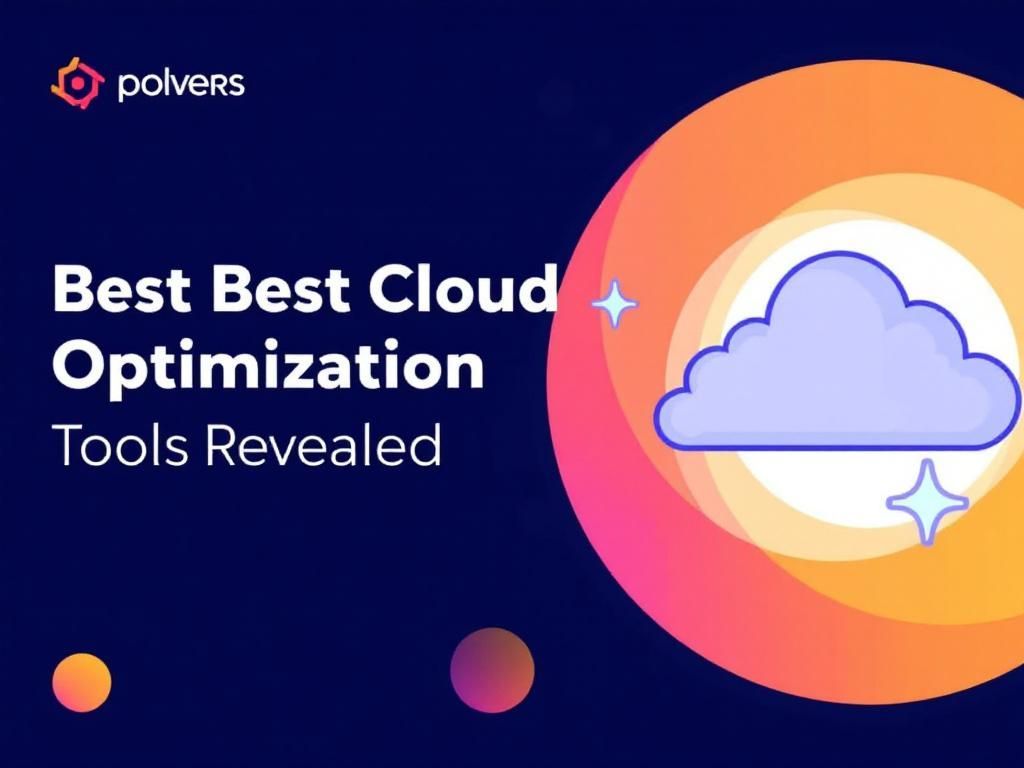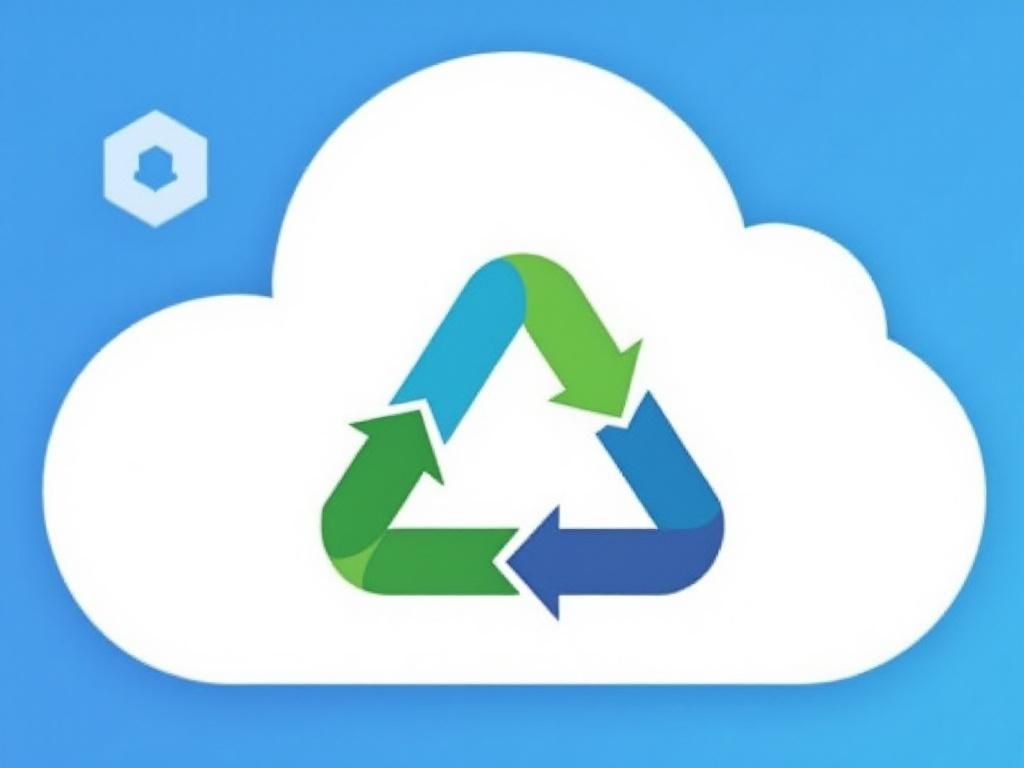Optimize Cloud Resources: AWS vs. Azure Comparison
Discover how to effectively optimize cloud resources by comparing AWS and Azure. Find the best solutions for your business needs.

In the rapidly evolving landscape of cloud computing, organizations are continuously seeking means to optimize their resources effectively. With giants like Amazon Web Services (AWS) and Microsoft Azure leading the charge, businesses need to understand how to leverage these platforms for maximum efficiency. This article dives into the intricacies of AWS and Azure, examining their features, advantages, and best practices for optimizing cloud resources.
Table of Contents
Understanding Cloud Resource Optimization
Cloud resource optimization refers to the practices and tools employed to enhance the utilization of cloud services. The objective is to ensure that an organization’s cloud infrastructure operates at peak efficiency while minimizing costs and maximizing performance. Here are some key components:
- Cost Management: Keeping cloud expenses within budget while ensuring resources are sufficient.
- Performance Monitoring: Tracking the operational efficiency of cloud applications and services.
- Scalability: Adjusting resources based on demand to ensure performance without over-provisioning.
AWS: Key Features and Optimization Techniques
AWS is widely recognized for its comprehensive set of cloud services. Here are its standout features:
Features of AWS
- Wide Range of Services: Offers computing power, storage options, and database management.
- Global Reach: Data centers across multiple regions for redundancy and performance.
- Flexible Pricing Models: Pay-as-you-go, reserved instances, and spot pricing to accommodate various needs.
Optimization Techniques in AWS
To optimize resources in AWS, consider the following strategies:
- Right-Sizing: Analyze current usage patterns to select appropriate instance sizes.
- Auto Scaling: Automatically adjust capacity to maintain steady performance.
- Reserved Instances: Commit to using specific instances for a long term to reduce costs.
- Cost Explorer: Utilize AWS Cost Explorer to visualize spending and identify trends.
- Monitoring Tools: Implement AWS CloudWatch for real-time monitoring of applications and resources.
Azure: Key Features and Optimization Techniques
Microsoft Azure is another major player in the cloud arena, offering a robust set of services. Here are some of its key features:
Features of Azure
- Integrated Environment: Seamless integration with Microsoft products and services.
- Variety of Services: Supports various programming languages, frameworks, and devices.
- Enterprise-Ready: Advanced security features and compliance capabilities for businesses.
Optimization Techniques in Azure
To effectively optimize resources in Azure, businesses can employ the following strategies:
- Azure Advisor: A personalized cloud consultant that helps with best practices and recommendations.
- Virtual Machine Scale Sets: Automatically scale VM instances based on demand.
- Azure Cost Management: Monitor and manage cloud spending to identify areas for savings.
- Serverless Computing: Utilize Azure Functions to run code without managing servers, which can save costs.
- Resource Tagging: Organize resources with tags for better tracking and cost management.
Comparative Analysis: AWS vs. Azure
When comparing AWS and Azure, several factors come into play. Below is a table summarizing the key differences:
| Feature | AWS | Azure |
|---|---|---|
| Market Share | Dominant player in the cloud market | Rapidly growing market share |
| Service Offering | Extensive services with innovative features | Strong integration with Microsoft services |
| Ease of Use | Steeper learning curve for beginners | More familiar interface for Microsoft users |
| Pricing Structure | Flexible pricing but can be complex | Simpler pricing for Microsoft solutions |
| Support & Resources | Comprehensive documentation and community support | Strong support for enterprise-level services |
Best Practices for Optimizing Cloud Resources
Regardless of whether you choose AWS, Azure, or another provider, the following best practices can help optimize cloud resources effectively:
Regularly Review Resource Utilization
Conduct monthly or quarterly reviews to analyze resource usage. This helps in identifying underutilized resources that can either be downsized or terminated.
Implement Automation
Use automation tools for scaling resources and managing workloads. This reduces manual intervention and enhances efficiency.
Utilize a Multi-Cloud Strategy
Consider adopting a multi-cloud approach, leveraging the strengths of both AWS and Azure, to avoid vendor lock-in and optimize performance.
Educate Your Team
Ensure that your IT staff is well-versed in cloud technologies and optimization techniques through continuous training and development.
Conclusion
Optimizing cloud resources is crucial for organizations aiming to drive operational efficiency and reduce costs. Both AWS and Azure provide powerful tools and features to help manage cloud environments effectively. By applying the optimization techniques discussed in this article, businesses can harness the full potential of their cloud infrastructures, turning potential challenges into opportunities for growth and innovation.
FAQ
What are the key differences between AWS and Azure for cloud resource optimization?
AWS offers a broader range of services and features, while Azure integrates seamlessly with Microsoft products, making it easier for businesses already using Windows environments to optimize their resources.
How can I optimize my cloud costs on AWS?
You can optimize costs on AWS by using reserved instances, choosing the right instance types, leveraging AWS Cost Explorer, and implementing auto-scaling to adjust resources based on demand.
What strategies can I use to optimize cloud resources on Azure?
To optimize resources on Azure, consider using Azure Advisor for personalized best practices, implementing auto-scaling, and using Azure Reserved VM Instances for cost savings.
Which cloud platform offers better scalability, AWS or Azure?
Both AWS and Azure provide excellent scalability options; however, AWS is often viewed as having a slight edge due to its extensive global infrastructure and mature services.
Are there specific tools for monitoring and optimizing cloud resources in AWS?
Yes, AWS provides tools like Amazon CloudWatch, AWS Trusted Advisor, and AWS Budgets to monitor performance and optimize resource usage effectively.
Can I integrate on-premises resources with AWS or Azure for optimization?
Yes, both AWS and Azure offer solutions, such as AWS Outposts and Azure Stack, to integrate on-premises resources with their cloud services for better optimization and management.








